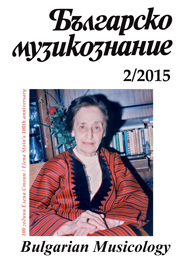
We kindly inform you that, as long as the subject affiliation of our 300.000+ articles is in progress, you might get unsufficient or no results on your third level or second level search. In this case, please broaden your search criteria.

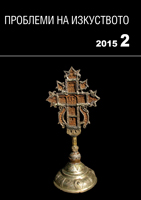
This study presents the known manuscripts by Priest Peter, who has lived until about the first decade of the seventeenth century. The first chapter of the article deals with the manuscript in which marginalia occur, being the main source to Priest Peter: Tetraevangelion, Church-Historical and Archival Institute, Sofia (CHAI) 28. Then comes another manuscript that is also attributed to the same scribe, but features no extant notes by the author: Tetraevangelion, CHAI 26. The last chapter of the work presents yet another manuscript containing notes by the same author: Tetraevangelion, Peć 18. The latter, though known, failed to stir research interest and has not been published for the time being as a manuscript by the same man of letters. The extant marginalia in the two author’s notes provide also biographical information about the scribe, while the information about the school, where he was trained and about his workplace, along with the changes in the representative types of decoration, of the signed manuscripts, provide evidence of the clout of the literary centre on the creative selection and the aesthetic choices of scribes/decorators.
More...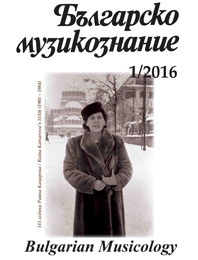
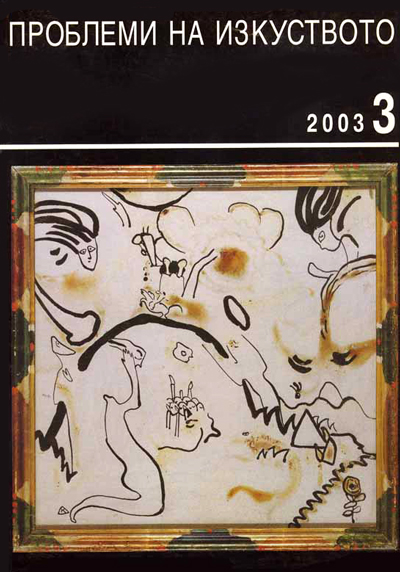
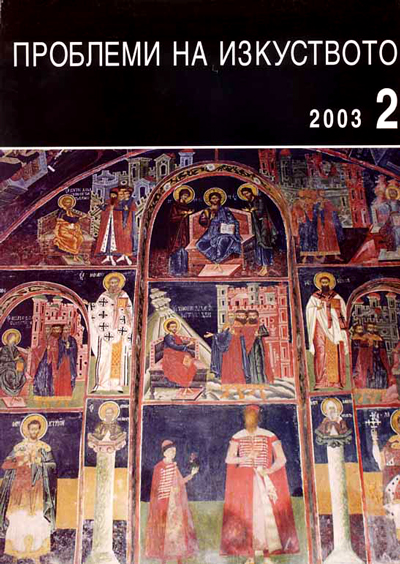
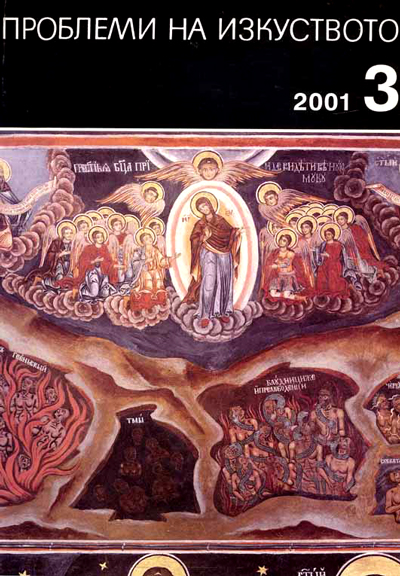
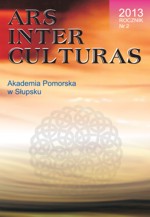
One of the biggest challenges in Poland (1918-1939) was the establishment of a new Polishschool. The main goal of the newly created Polish school was to educate a generation aspatriots and responsible citizens, and unite compatriots from three ex-partitions. The first school curriculum in the independent Poland focused on teaching social knowledge, Polish and European cultures, and, above all, providing pupils with moral and aesthetic experience. Music education played a key role in bringing various ideological objectives to fruition. Music compositions with national themes – both from concert and folk traditions – were worshipped and seen as the rebirth of the national culture. The goal of music instruction was to educate the young generation, bring it closer to the ideas embedded in the masterpieces of art, and deepen their love of music.
More...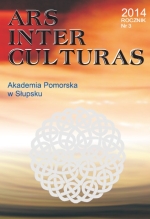
Background: The paper explores the potency of music activities and background musicto support academic performance and behaviour of Slovak middle school pupils. It reviewsdevelopmental, social and emotional changes that children face during the period of preadolescence. School and education is connected with the formation of personality, thus schoolstaff and parents need to pay attention to social and emotional well-being of pupils. The objective of the study is to investigate academic performance and behaviour of pupils (aged 10-11) before and after music intervention. Methods: The target research group consists of forty-four Slovak fifth graders from big urban, municipal middle school. Data were collected by evaluation of rating scale conducting teacher´s professional judgement about pupils they taught the four explored school subjects. Results: The study summarises the results of rating scale of teacher’s opinions of pupils’academic performance and behaviour in the control and experimental groups (with and without music intervention). The results show the potency of music to support academic performance and improve behaviour of pupils.
More...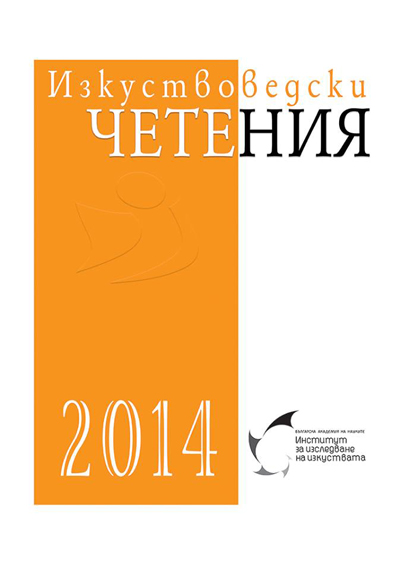

The latest special phenomenon in the nineteenth-century art was assuming a new attitude towards the preparatory stages in the work, an emanation of a Renaissance artist, being a quantum leap from the compulsory Hermeneia (Painter’s Manual also known as Painter’s Guide of an Orthodox icon-painter) in the painter’s non-commissioned artworks. The paper deals with three sketchpads of several generations of icon-painters from Bansko, kept at the Ivan Dujčev Center for Slavo-Byzantine Studies, University of Sofia. The firs and the most significant one is that of the founder of the Art Centre of Bansko, Toma Vishanov- Molera, dated personally by him form 1786. The second one has been signed by Mihalko Uvanov Golev, and the third one probably belonged to Dimiter Sirleshtov. The attribution of authorship is tentative, to a degree, as the other abovementioned icon-painters have made drawings on blank sheets along with Dimiter Molerov. Among the drawings, models for various subjects occur, some of them realized in murals or icons. A substantial part of these has been used for training.
More...
The image of circus performers has been most interesting and dramatic until the 1950s, when they have been marginalized by the post-war culture, becoming an object of socially committed photography. In 1958, a rookie member of the Magnum photo agency, Bruce Davidson took pictures of the Clyde Beatty Circus in his series The Dwarf, which became emblematic of the subject. Davidson used the devices of photography to show the effect of the costumes, masks and gestures of his protagonist, the dwarf clown, to make him an epitome of an outsider. The psychological and social streaks intertwine, offering an opportunity for a number of various interpretations. Treated in terms of Pierre Bourdieu’s field, habitus and symbolic capital, in terms of their significance these take the place of the sets and numbers, being the personal symbolic capital of circus performers. Through it, in the field of continuous travelling, communal life ad anonymity, habitus is represented: estrangement from the value of material benefits, concealed or exaggerated emotions in communicating, the choreographed use of facial expressions, single-plane communication with the audiences, lack of comprehension of the accomplishments of an artiste.
More...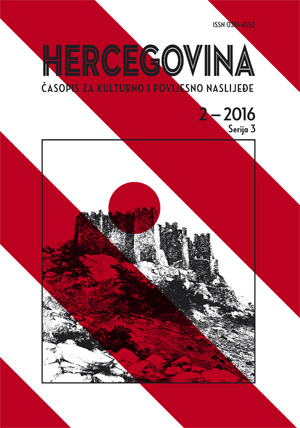
Immediately after the consolidation of government, the Communist Party, recognizing the importance of the education system as a socialization medium, began its transformation in which very important role was attributed to the formation of a new "socialist man". Adhering to the motto that "an illiterate person stands out of politics", a broad campaign of eradication of adult illiteracy was started, organizing different levels of courses, reading groups, folklore groups and other forms of amateur organizations, which was a responsibility of educational departments of National Committee. General national enlightenment contributed to the radio and film production of carefully selected films like "The Defense of Moscow", "Liberation of Czechoslovakia", whose viewing was controlled by national authorities. In fact, the entire education system was subordinated to the single objective of building a collective identity that was supposed to ensure the legitimacy of the current government based on its leading authority role in NOB (National Liberation War). School naturally served as an important ideological apparatus in the education reform, having in mind its key role of a mediator in the interpretation of social reality. Therefore, great attention was paid not only to building of a widespread school network, but also to personnel policy and curricula that were abundant with "national liberation" themes and glorification of the role and person of Josip Broz. A special function was planned for history teaching that was to serve in the construction of the past through the prism of common historical memory. The complexity of this process in a multinational community as was the second Yugoslavia/Herzegovina resolved in selective memory or the antonymy such as memory vs. oblivion. Besides, the goal of teaching was not just the acquisition of knowledge, but also the empathy of students for specific topics in order to turn their knowledge into a way of thinking and living. Therefore, since the task of school was to raise similar ideological followers of the existing government, with great distrust was looked at religious education which, in fact, represented the only worldview "opposition" within the strictly controlled school system. Despite many legal restrictions and the regime's torture, catechism still managed to survive the first years as an elective course up to 1952, when it was expelled from public schools on the grounds that religiosity was personal matter of an individual, and that the school as an educational institution must be based on scientific grounds.
More...
Non-formal musical education provided by art/music schools is a relevant scientific field – it significantly contributes to the development of a creative, responsible and open personality and fundamental change in society. It should be noted that the educational process in art/music schools builds on stable and traditional principles, schools have become less attractive and current trends show that the number of pupils has been falling. The research problem was formulated on the basis of the above mentioned reasons. The aim of the paper is to analyse the opinion of art/music school graduates about the educational process and trends there. The topic has not been investigated in Lithuania yet. The research showed that the trends in organising the educational process in art/music schools are mostly affected by the teacher-pupil interactions, the assessment of pupils’ advancement and achievements and the peculiarities of organising public assessment/examinations. The research data could be used aiming to optimize the educational process in art/music schools.
More...
Art is demontrative means of measure of dominance of whole of material and moral values that made up through development process of communities. Features of nature people live in, needs of human being and human being nature relations, birth-death reality and after death life beliefs have important roles in formation of culture. In this context, figurative abstraction approach had taken a start in the Archaic periods and this view evolved through several processes and from the by end of XIX. century to nowadays had been produced from different construals by artists, within alignment of human being and nature.
More...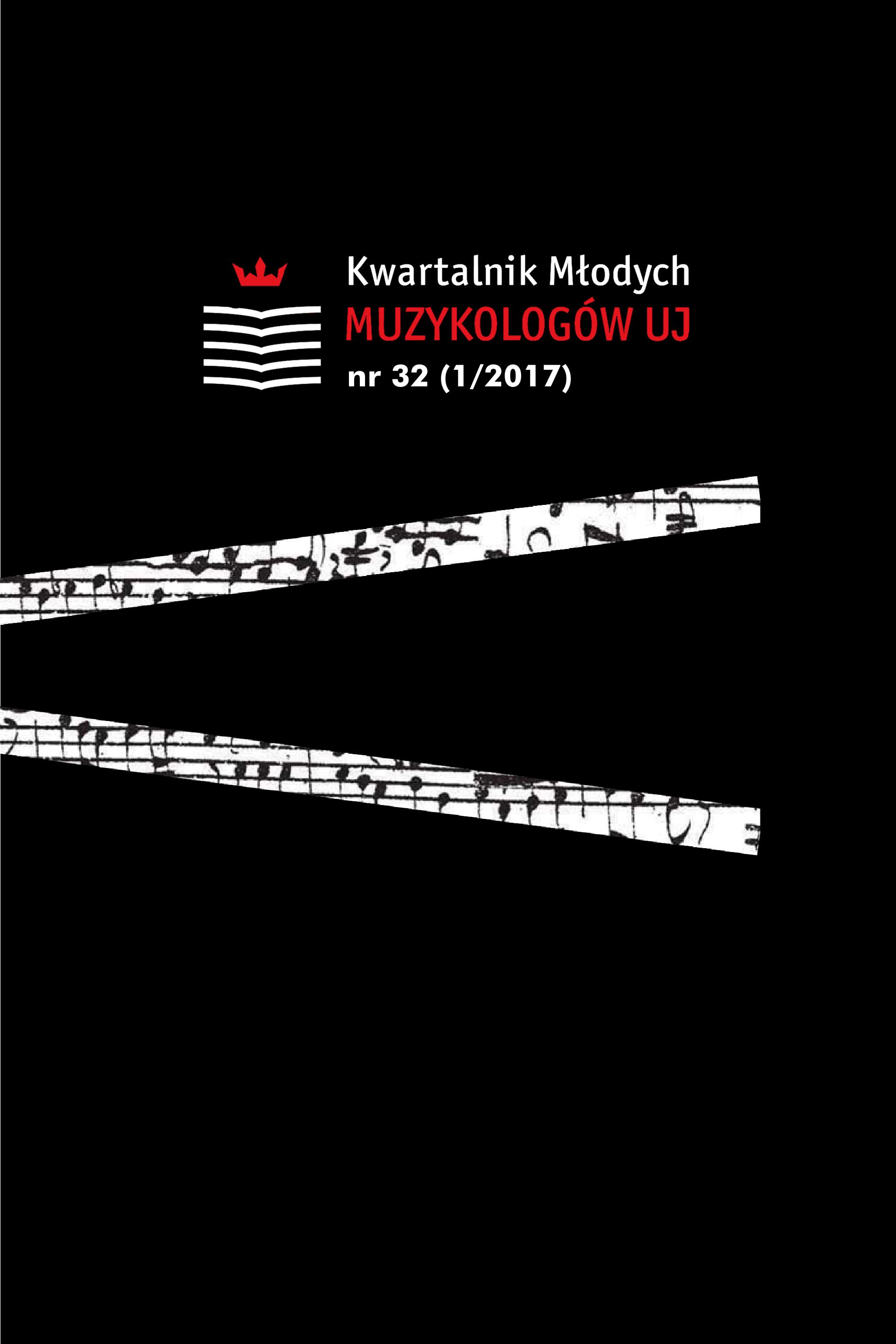
As many researchers claim, we live in the era of intertextual works. The analysis of the 3rd Symphony “Circus Maximus” by the American composer John Corigliano definitely proves this statement. The sym- phony, finished in 2004, had been commissioned by Jerry Junkin – the conductor of the Wind Ensemble and Director of Bands at UT Austin. It is said to be an example of program music. Corigliano’s main purpose was to show connections between the past (Rome Empire) and the contemporary world. The composer notices that animalisation and coerciveness are characteristics of people living in these two eras. The composition consists of eight movements and is written for wind ensemble and percussion. The aim of this article is to show intertext- ual connotations and references present in the composition, such as: allusions, stylization, reminiscences, and memory of genre. In order to achieve this aim, the author used the Mieczysław Tomaszewski’s systematics of music-in-music existence. Moreover, similarities to Gustav Mahler and Charles Ives’ compositions are shown.
More...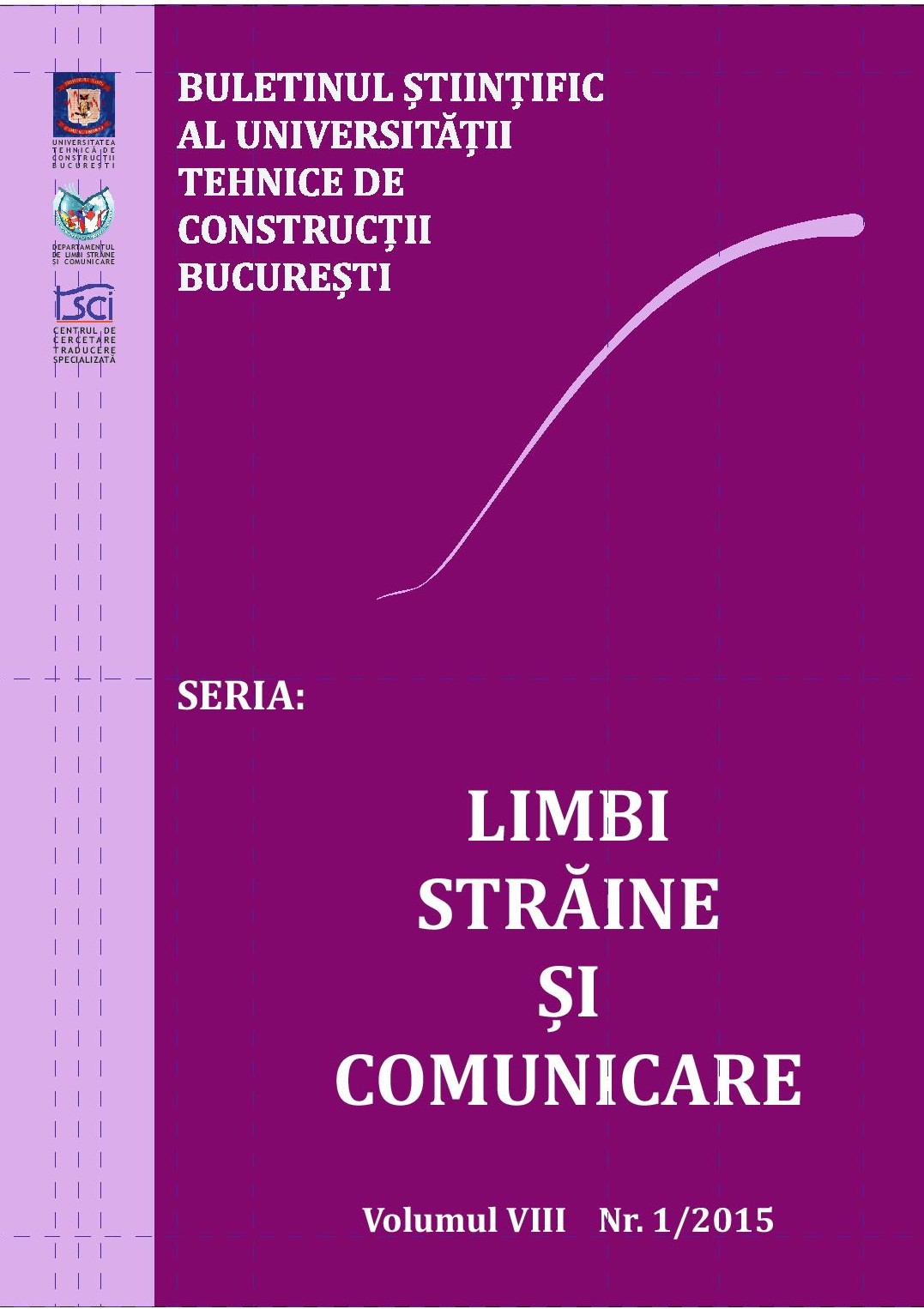
In this article I intend to approach various aspects concerning the “translation” of literatures into film and the variety of transformation requested by this kind of modern adaptation. The first part of the article intends to give an answer to questions such as how can texts change into filmic image, what makes fiction become film, how could one make the translation from words to image? In a second section of my paper I will focus on the controversies raised by the relations established between literatures and cinematography, with a focus on the issue of fidelity of the cinematic expression to the literary source, the restriction the concept of fidelity supposes and the power of innovation of the cinematography.
More...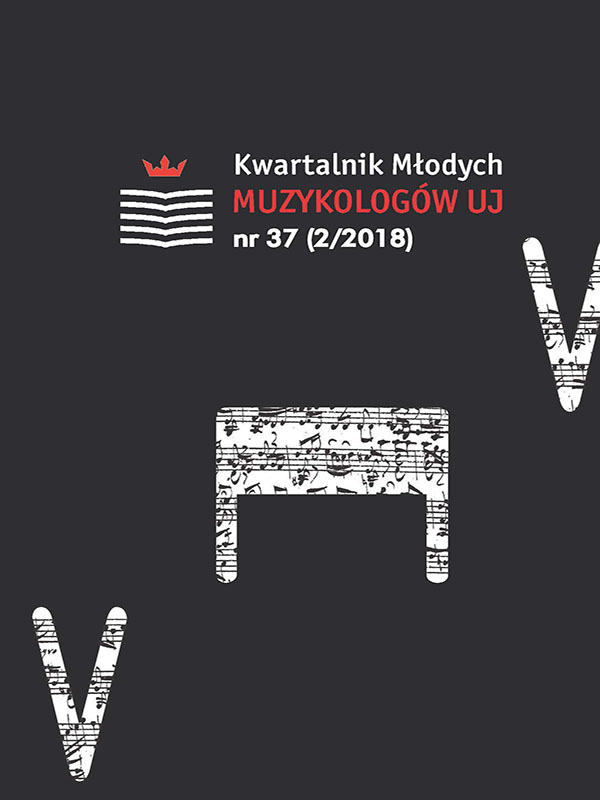
Scordatura is a tuning of a string instrument, which is different than the standard one. It has been used for both plucked and string instruments since the 16th century and it was quite popular in the Baroque era, especially in the case of violins. Because of their specific tuning – based on the same intervals – it is possible to distinguish two types of violin scordatura. The first one relates to the situation when all strings are tuned up or down in the same interval relations. Such tuning is still based on fifths, but the pitches are different than using standard tuning, so it is called transpose scordatura. In the second one, each string is tuned up or down in different interval relation, in another direction or even only some of them are tuned in the unusual way. In this case, violin tuning is based on different intervals than fifths, usually on thirds and/or fourths, although sometimes there are three dissimilar intervals (thirds, fourths and fifths). The second type of scordatura was a very popular technique in the Baroque era and its functions were variable. The main of them were allowing to perform figures, which are impossible in standard tuning, especially double-notes and chords (technical aspect), and changing sound qualities of the instrument (sound aspect). It does not mean that scordatura was used only to achieve these goals. For example, it was sometimes used to imitate other instrument. There are certain examples of such a usage of this playing technique in the oldest (1679–1686) part of the collection of manuscripts connected with activity of Canonesses Regular of St Augustine in Wrocław (provenance St Anna in Arena). The scordatura can be found there in seven manuscripts, and in four of them it is possible that composers (or composer?) tried to assimilate the violin sound and/or technique with other instruments, such as viola, lute or trumpet.
More...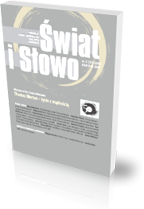
“The Enigma of Kaspar Hauser” by Werner Herzog could be treated as an allegory of the human condition, akin to the vision of writers belonging to the broadly defined existentialist tradition – as far as the world vision and the conception of man, presented in the movie, are concerned. As the aforementioned allegory we can treat life history of the movie’s protagonist, Kaspar Hauser, the child of nature, thrown by an unknown dark force into completely incomprehensible for him human civilization, into the world of an absent – or negated – Absolute. It’s best formulaic description – “the empty Transcendence” – we can find in the poetry of Bolesław Leśmian. To some extent Herzog’s work could be treated as an evocation of so understood transcendence and as an expression of the existentialists’ diagnosis of our human fate: the man comes out of darkness and in the darkness he finds his ultimate destination.
More...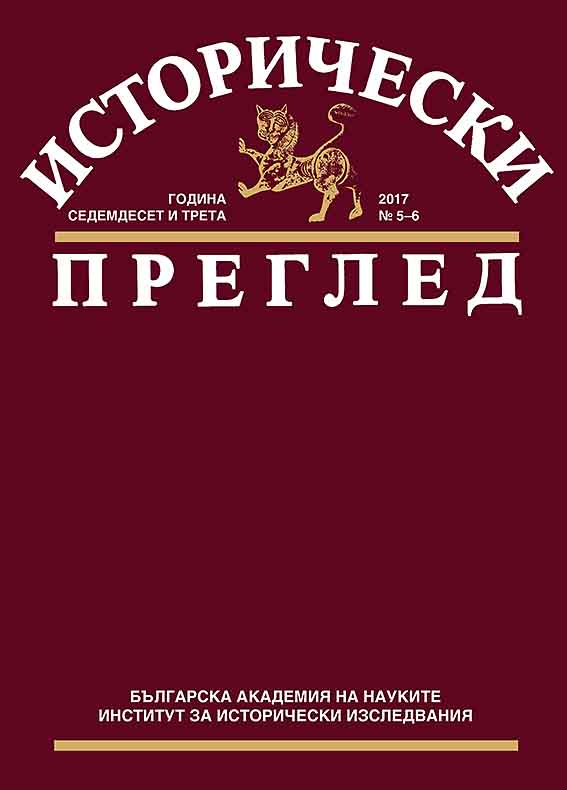
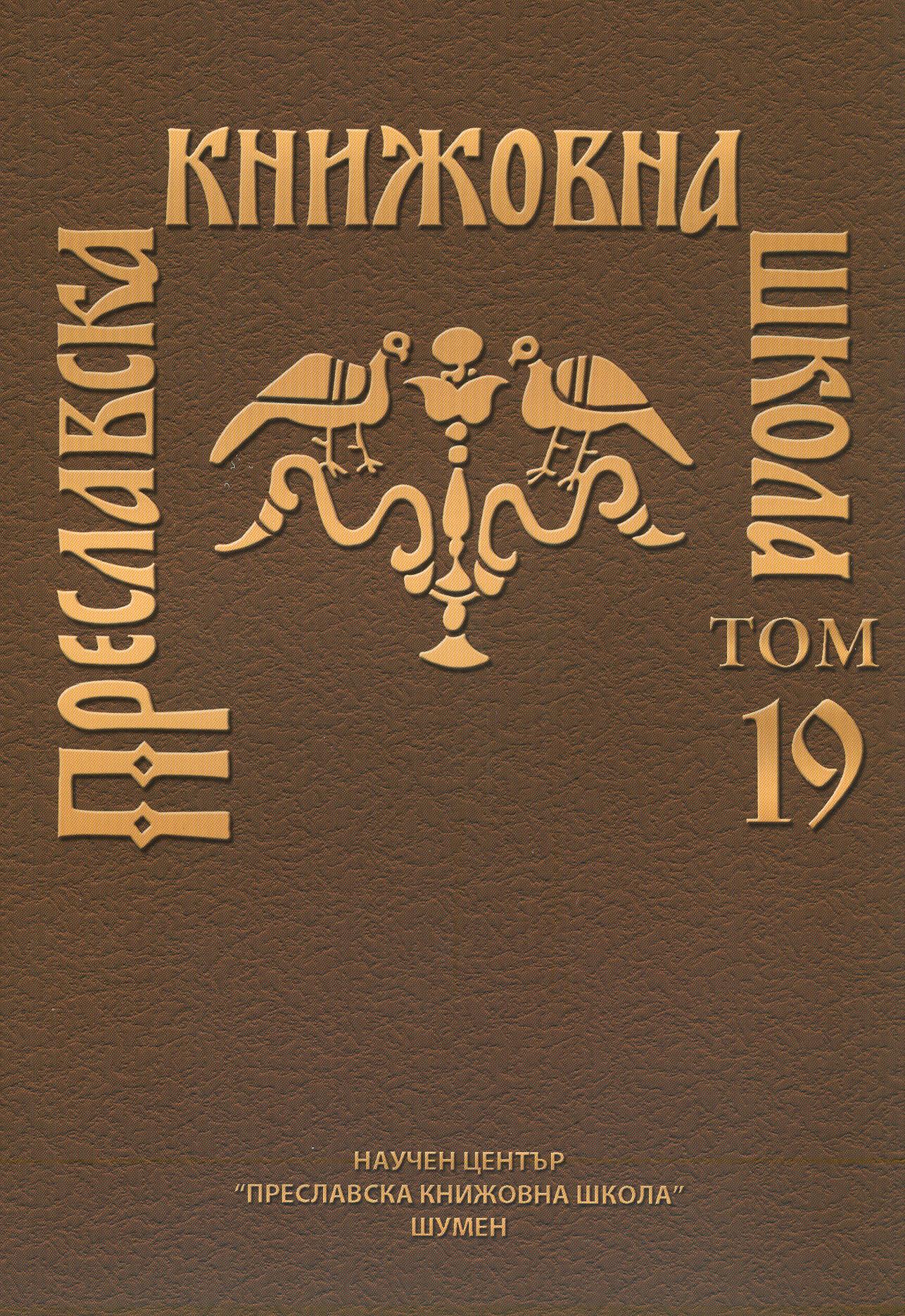
The topic of discussion of the following research is the "Jerusalemes" brought to Bulgaria by pilgrims during the Bulgarian Renaissance. These picturesque paintings (defined as such because of their difference from typical icons) pre sent the Bible and give an insight into the objects along the pilgrim road. The central image of each painting is always Christ's grave in the Church of Resurrection built by St. Constantine and St. Helena in Jerusalem.
More...